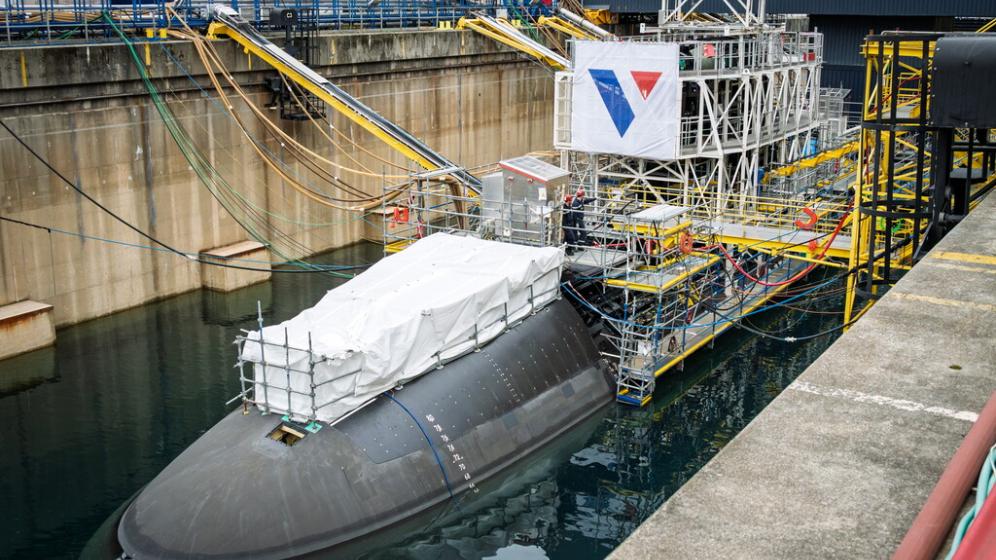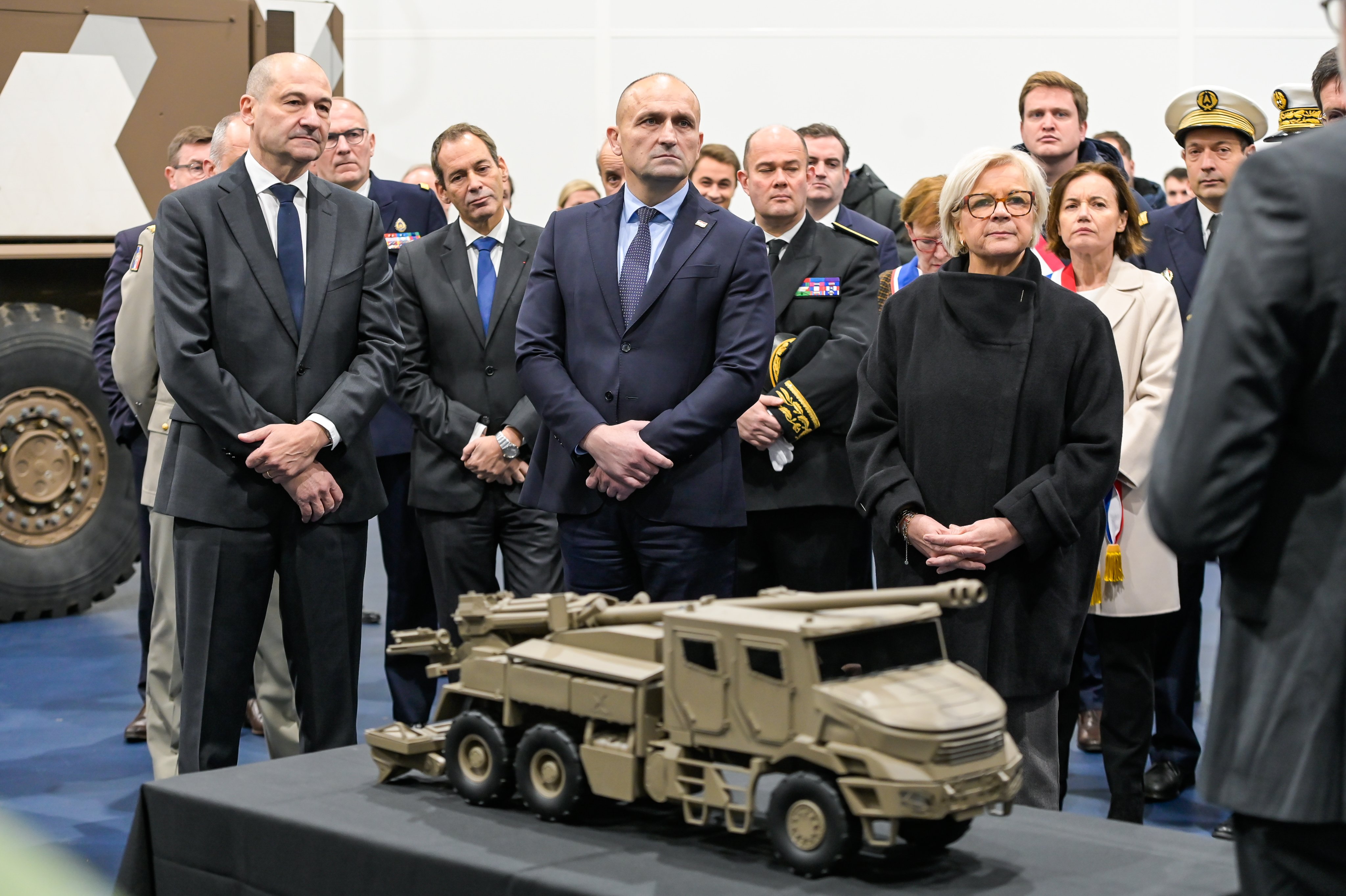Entre 2007 et 2008, le projet d’installation d’une défense antimissiles de territoire en Europe a changé de nature et de degré. De nature, car désormais le système américain, accepté par la Pologne et en République tchèque, semble devoir faire partie intégrante de l’architecture européenne future, ce qu’a confirmé le Sommet de l’Otan de Bucarest en avril 2008. De degré, car cette politique du fait accompli, que les Européens non coordonnés n’ont su infléchir, envenime un peu plus des relations déjà très tendues avec la Russie. Dans la perspective du Sommet de Strasbourg en 2009, cet article aborde la façon dont l’Europe pourrait utiliser l’Otan pour recentrer le débat antimissiles, en s’investissant au plus haut niveau dans l’architecture intégrée en préparation, de manière à faire correspondre le projet, désormais incontournable, avec ses propres intérêts.
L'Otan et le bouclier antimissiles
NATO and the anti-missile shield
Between 2007 and 2008 the plan to install a ballistic missile defence system in Europe changed in both nature and degree. In nature, because now the American system that has been accepted by Poland and the Czech Republic seems destined to be an integral part of the future European architecture, and this was confirmed at NATO’s Bucharest summit in April 2008. And in degree because this policy of presenting a fait accompli, which the uncoordinated Europeans were unable to change, aggravates even more the already very tense relations with Russia. Looking ahead to the Strasbourg summit in 2009, this article asks how Europe could use NATO to refocus the anti-missile debate by becoming involved at the highest level in the integrated architecture being prepared and ensure that the now unavoidable project aligns with its own interests.
Le 20 août 2008, après une longue période de flottement, et d’interrogations, la Pologne, rejoignant la République tchèque, a signé avec les États-Unis un accord autorisant l’extension sur son sol d’éléments du système national de défense antimissiles américain (en ce qui concerne Varsovie, dix missiles intercepteurs, disponibles au plus tard en 2013). Pour Condoleezza Rice, dont les nerfs avaient été mis à rude épreuve par les atermoiements et les demandes de compensations polonaises, « cet accord (…) nous aidera à affronter les nouvelles menaces du XXIe siècle, celles des missiles à longue portée (…) venant de pays comme l’Iran ou la Corée du Nord ». Pour autant, en fait de menaces, tous les analystes ont noté la concomitance du conflit géorgien et de cette signature précipitée. Comment, dès lors, ne pas songer aux accusations de Moscou sur les véritables motivations des pays d’Europe de l’Est qui semblent, dans cette affaire, bien moins tenir à la menace balistique d’un état « voyou » qu’à une méfiance atavique envers la Russie ? Plus profondément, la politique du fait accompli en Pologne et en Tchéquie a fait voler en éclats un certain nombre d’approches antérieures patiemment négociées dans l’Otan, qui s’étaient ingéniées, en particulier, à ne pas exacerber les inquiétudes russes. Invalidant de fait tout débat consensuel européen, la problématique ne se réarticule plus qu’autour d’une seule certitude : rien ne fera dévier les États-Unis de leur projet de troisième site ; reste donc à s’en accommoder au mieux des intérêts européens. L’Otan peut-il être le catalyseur d’un tel rééquilibrage ?
Déterminisme politique
L’Alliance atlantique est à la fois une organisation politique et une « caserne commune », ce qui entraîne deux conséquences distinctes. Dans son volet politique, l’Otan est un lieu de débats : les nations européennes qui y cohabitent ne s’accordent ni sur le concept stratégique transatlantique (en perpétuelle reconfiguration depuis la chute du mur), ni sur l’extension sans fin des missions de l’Alliance, ni sur l’attitude à adopter à l’égard de la Russie, ni sur l’intensité du dialogue critique à mener avec les États-Unis. Le volet purement militaire de l’Otan, en revanche, est bien moins problématique : la mutualisation des capacités stratégiques, l’entraînement commun, le travail d’interopérabilité et de standardisation ne soulèvent pas de grandes controverses, chaque pays européen en reconnaissant l’utilité opérationnelle. Ces deux volets forment un cadre apparemment équilibré, malgré le poids disproportionné des États-Unis. Si la problématique du bouclier antimissiles occupe néanmoins depuis plus de dix ans une place à part dans l’Otan, c’est d’abord parce que la logique de son fonctionnement risque justement de rompre l’équilibre entre volet militaire et débat politique. Dans un système de défense antimissiles intégré, où les décisions doivent se prendre en quelques minutes, le contrôle appartient en effet à celui qui a défini au préalable l’architecture d’ensemble. Le blanc-seing politique des partenaires et des alliés est donné une fois pour toutes. Il n’y a pas de retour possible. Le déterminisme est total.
Pour explorer toutes les implications de la défense antimissiles, deux axes d’efforts, d’études et de réflexion ont été tracés dans le cadre de l’Otan. Le premier axe, relativement consensuel, est celui de la défense antimissiles de théâtre. En mai 2001, l’Otan a initié deux contrats exploratoires sur un futur système de défense, chargé de traiter des missiles n’excédant pas 3 000 kilomètres de portée. Le programme ALTBMD (Active Layered Theatre Ballistic Missile Defense), décidé au Sommet d’Istanbul fin 2004 et activé en 2006, a aujourd’hui pour objectif de réunir les moyens de défense antimissiles de théâtre des nations de l’Alliance au sein d’une architecture commune, gérée par une organisation de programme sous la responsabilité de la Conférence des directeurs nationaux des armements (CDNA-CNAD). ALTBMD représente un investissement de 700 millions d’euros. La France y tient une place industrielle (EADS Astrium, Thales, TRS) et technologique majeure (système SAMP/T). On mentionnera également les travaux menés sous l’égide du Conseil Otan-Russie, qui explore (ou plutôt qui explorait…) la possibilité de traiter de manière coordonnée les menaces des missiles de théâtre.
Il reste 75 % de l'article à lire
Plan de l'article








